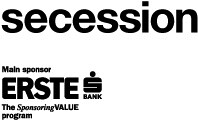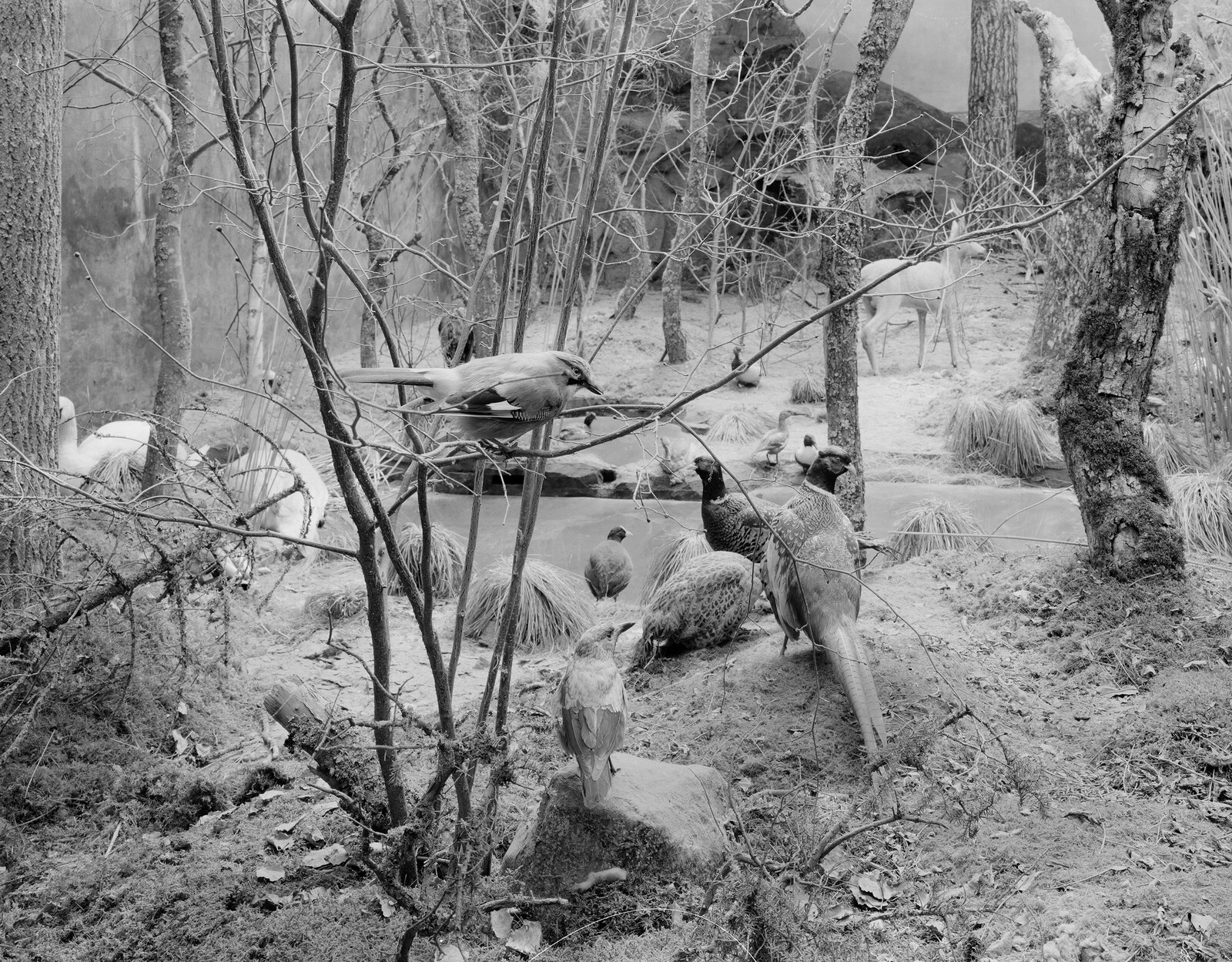Klara Lidén: Auf jeden Fall
Heidrun Holzfeind: the time is now.
February 1–March 31, 2019
Friedrichstraße 12
1010 Vienna
Austria
Hours: Tuesday–Sunday 10am–6pm
T +43 1 587530710
F +43 1 587530734
presse@secession.at
Gerard Byrne
Upon all the living and the dead.
Gerard Byrne’s complex video installations and photographic series picture sometimes unlikely contemporaneities. Whether connecting museums with nature photography, or commercial radio shows with Minimalism, Byrne’s work begs questions about how our present is conjured into being only through the construction of its image. Using photography and video not as transparent artistic mediums, but rather as ready-made commercial imaging formats with embedded aesthetics, Byrne’s work has always embraced the overlapping realities of the TV studio and the gallery space. Art and the media industry have always cohabited in his thinking. And as such, Byrne’s work entertains open questions about how art could serve us as the stubborn artefact of histories that differ.
In his exhibition Upon all the living and the dead. in Secession’s main exhibition hall, Byrne will present three major video installations from the last three years, examining the manifold relations between these very different works, Jielemeguvvie guvvie sjisjnjeli – Film Inside an Image (2016), In Our Time (2017), and his latest work, A Visibility Matrix (2018)—a complex 14-channel video installation authoured together with Byrne’s long-time collaborator Sven Anderson.
Gerard Byrne was born in Dublin in 1969 and lives and works in Dublin.
Klara Lidén
Auf jeden Fall
Since the early 2000s, Klara Lidén has built a sizable oeuvre in a variety of media, with works reflecting on the community’s way of life in heavily built up urban surroundings. Deviations from the norm and the possibilities they open up propel her art. Short video clips document the Swedish artist’s spontaneous performative actions in private and public settings, which represent anarchical attempts to (re-)appropriate the increasingly reified urban fabric or to deliberately disrupt social rules.
These interventions of radical energy—mingling with the anonymous crowds, moving at the wrong pace, faster, slower than the rest, acting in maladaptive or startling ways—call the routines of everyday life in question and undermine our habits of tacit coexistence. Many of her actions, which may be described as a kind of creative disruption, occupation and détournement, are initially anonymous and covert. In Paralyzed (2003), for example, one becomes witness to the artist unexpectedly start to dance on a commuter train, boldly upsetting the passengers’ comfort zone of everyday routine, while in Warm up (2014), she submits herself to ballet’s rigid rules in a quite ironic manner, and clumsily and without much success tries to copy the elegant movement sequences of the ballerinas of Saint Petersburg’s Hermitage.
Recycled materials and used everyday items—city trashcans, water canisters, wood waste, site fences, furnishing, and so on—are presented as ready-mades, used to produce sculptures and objects, and serve as design elements for Lidén’s installations.
At the Secession, Klara Lidén will present videos of her latest interventions—as always bold and witty—in the installation Auf jeden Fall created specifically for the occasion.
Klara Lidén was born in Stockholm in 1979 and lives and works in Berlin.
Heidrun Holzfeind
the time is now.
For her exhibition the time is now. Heidrun Holzfeind has developed a new video installation about the Japanese shamanic improvisation duo IRO (Toshio and Shizuko Orimo). For the couple, who have worked together since 1981, their musical experimentation goes hand in hand with their activist involvement in the peace and anti-nuclear movement and a free-spirited way of life; they espouse an animist and pantheist weltanschauung and vehemently oppose modernity and commercialism in all its forms. For Holzfeind’s film project the duo performed in various locations of the Inter-University Seminar House in the Tokyo suburb of Hachioji, a unique example of modern architecture designed by Japanese architect and thinker Takamasa Yosizaka.
The question of how architecture works in everyday life and as a social space has long been the central concern in Heidrun Holzfeind’s films, photographs, and sculptures. Her art questions immanent architectural and social utopias and probes the boundaries between history and identity, between individual stories and the political narratives of the present.
Holzfeind’s documentary approach seeks to make room for her interview partners’ personal stories and reflections and embed them in historical, political, and societal contexts.
Heidrun Holzfeind was born in Lienz in 1972 and lives and works in Umeå, Sweden.
Artist’s books are published in conjunction with the exhibitions by Gerard Byrne and Klara Lidén; Heidrun Holzfeind produced a vinyl record with a booklet.

